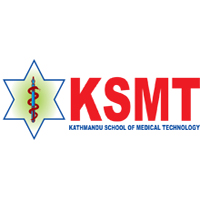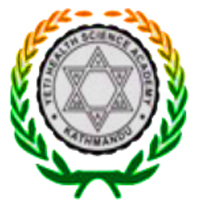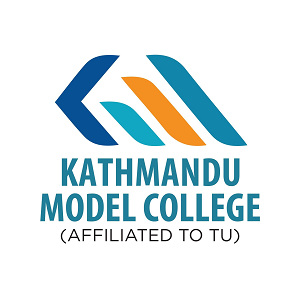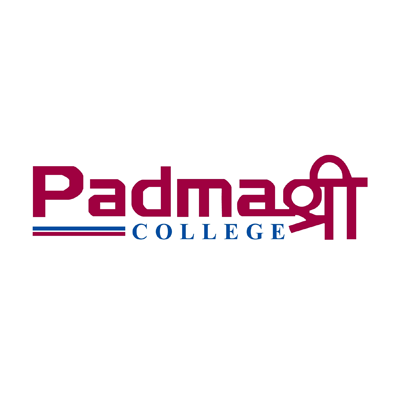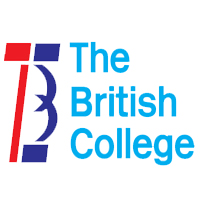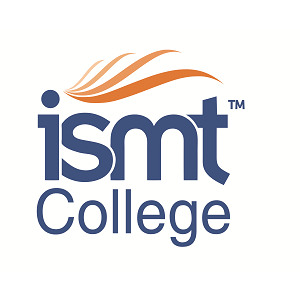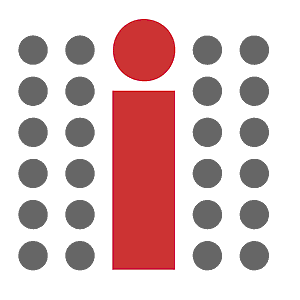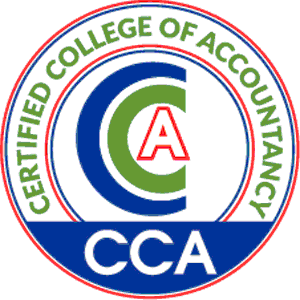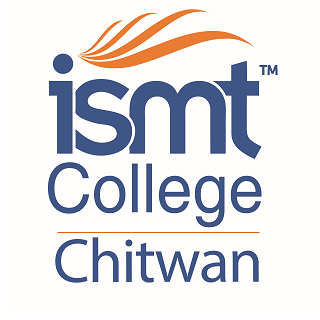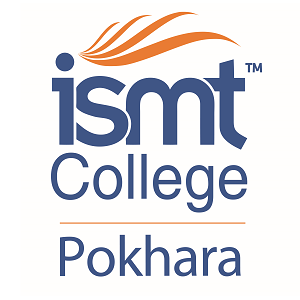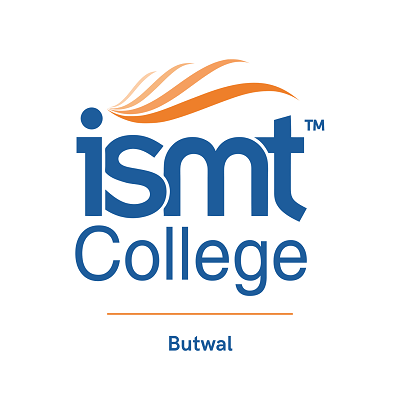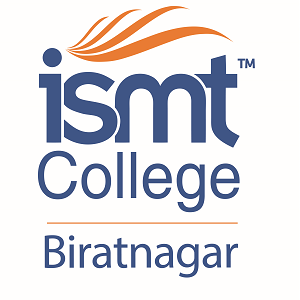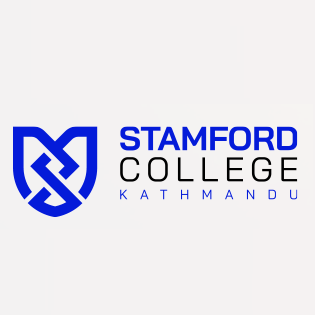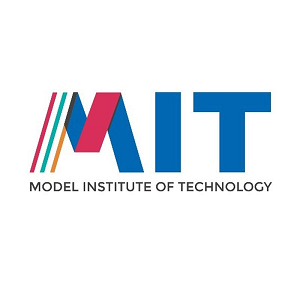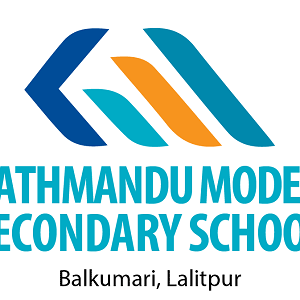Overview
PCL in Diagnostic Radiography at Nepali Army College of Health Sciences (NACHS)
Nepali Army College of Health Sciences (NACHS), located in Bhandarkhal, Sanobharyang, Kathmandu, offers the nationally recognized PCL in Diagnostic Radiography program under the affiliation of the Council for Technical Education and Vocational Training (CTEVT). This program plays a vital role in producing skilled middle-level radiography professionals for Nepal’s growing healthcare system.
With a strong emphasis on both academic and practical learning, the three-year program is designed to equip students with essential skills in radiographic imaging, patient care, and radiation safety. Graduates are prepared to work in hospitals, health posts, diagnostic centers, and imaging units across the country.
Program Overview
-
Program Title: Certificate in Diagnostic Radiography
-
Affiliation: CTEVT, approved by Nepal Health Professional Council (NHPC)
-
Location: NACHS, Bhandarkhal, Sanobharyang, Kathmandu
-
Duration: 3 academic years (annual system)
-
Medium of Instruction: English and Nepali
-
Group Size: Maximum 30 students per batch
-
Eligibility: SEE or equivalent with GPA 2.0 and compulsory subjects (Mathematics, English, Science)
-
Selection: Entrance examination conducted by CTEVT
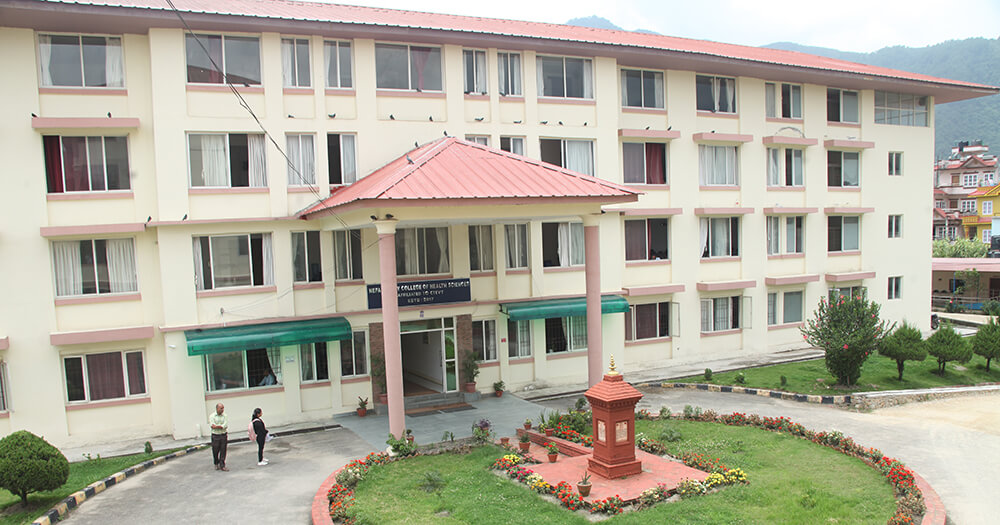
Aim and Objectives
The main aim of this program is to produce competent and qualified radiography technicians who can serve effectively in various health institutions across Nepal. The course focuses on practical skills, safety measures, and updated knowledge of modern imaging technologies.
Core Objectives
-
Prepare middle-level professionals in diagnostic radiography.
-
Enable students to perform routine and special X-ray procedures.
-
Train students to manage and maintain imaging equipment.
-
Promote knowledge of imaging safety and radiation protection.
-
Prepare students to assist in patient care and emergency first aid.
-
Enable graduates to supervise junior staff and manage imaging records.
-
Encourage application of quality control practices in radiology.
-
Foster professional ethics and communication skills in clinical settings.
Program Structure
The program follows an annual system over three years. Each academic year consists of 35 weeks, excluding the final evaluation period. Students must meet a minimum of 90% attendance to be eligible for final exams.
Year-wise Curriculum Focus:
-
First Year: Basic sciences and foundation subjects such as English, Nepali, Mathematics, Physics, and Chemistry.
-
Second Year: Core diagnostic radiography subjects and technical concepts.
-
Third Year: Practical exposure in hospitals, diagnostic centers, and radiology departments with clinical supervision.
Teaching Methodologies
NACHS combines theory with real-world practice using the following approaches:
-
Illustrated lectures, seminars, and group discussions
-
Demonstrations and simulations using modern imaging tools
-
Practical and clinical rotations in recognized hospitals
-
Role-plays, case studies, and report presentations
-
Online and media-assisted learning (as needed)
Teacher-to-Student Ratio:
-
Theory Class: 1 teacher per 30 students
-
Practical Class: 1 teacher per 10 students
-
Institutional Ratio: 1:10 overall
-
75% of instructors must be full-time technical staff
Instructional Resources
To support effective learning, the following resources are used:
-
Printed materials (handouts, textbooks, assignments)
-
Demonstration tools, models, and physical imaging equipment
-
Multimedia aids and slide presentations
-
Web-based platforms and digital simulations
-
Audiovisual and computer-based learning tools
Faculty Members
The program is delivered by experienced faculty and clinical instructors, including:
-
Asst. Lecturer Hirendra Prasad Yadav (Coordinator)
-
Asst. Lecturer Shamb B.C.
-
Demonstrator Jeewan Gurung
-
Associate Prof. Dr. Lee Budhathoki
-
Lect. Rajesh Shrestha
-
T/Maj. Asst. Lect. Ranju Shrestha
-
T/Lt. Asst. Lect. Bhagwan Thapa Magar
-
T/Lt. Asst. Lect. Upesh Poudel
-
Demonstrator Saugat Karki
Additional foundational subjects are taught by qualified instructors holding at least a master’s degree.
Assessment and Evaluation
Internal Assessment
-
Regular performance evaluations and feedback
-
Continuous assessment of practical performance and attendance
-
Logbook maintenance and assignments
-
Minimum pass mark: 40% in theory and 40% in practical
Final Examination
-
Conducted by CTEVT in both theoretical and practical components
-
Practical evaluation includes real-case tasks, viva, and spot performances
-
Re-examination provision as per CTEVT policy
-
Students must pass all components within 6 years from enrollment
Certification and Grading
Upon successful completion of all three years, students are awarded the “Certificate in Diagnostic Radiography.”
Grading System
-
Distinction: 80% and above
-
First Division: 65% to below 80%
-
Second Division: 50% to below 65%
-
Pass Division: Below 50% (minimum pass marks required)
Career Prospects
Graduates of this program are eligible for Level 5 (Technical) positions in government and private sectors, subject to Public Service Commission provisions and NHPC registration.
Possible Employment Sectors
-
Public hospitals and trauma centers
-
Private diagnostic and imaging centers
-
Nursing homes and clinics
-
Radiology departments of medical institutes
-
Mobile X-ray and screening units
Common Job Titles
-
Radiography Technician
-
X-Ray Technologist
-
CT Scan Operator
-
MRI Technician (with further training)
-
Mammography Technologist
-
Imaging Assistant in Emergency Units
Higher Education Opportunities
After completing this program, students may pursue further education such as:
-
Bachelor in Medical Imaging Technology (BMIT)
-
Bachelor in Radiologic Technology
-
Bachelor or Master in Nuclear Medicine
-
Master in Medical Imaging Technology
-
MSc in Anatomy or Physiology
These programs open further pathways to become imaging technologists, radiology educators, or specialists in advanced diagnostic modalities.
Ethical Guidelines and Discipline
Students enrolled in this program must adhere to strict academic and behavioral guidelines:
-
Academic dishonesty or misconduct may result in suspension or expulsion.
-
Drug use, violence, or possession of weapons is strictly prohibited.
-
Respect for patients, instructors, and peers is mandatory at all times.
Key Attitudes and Values Encouraged
Students are expected to demonstrate:
-
Responsibility and punctuality
-
Honest and professional conduct
-
Compassionate patient care
-
Strong teamwork and collaboration
-
Self-discipline and motivation
-
Willingness to adapt to new technologies and work environments
Conclusion
The PCL in Diagnostic Radiography program at NACHS is tailored for students who are passionate about healthcare and imaging sciences. With a balanced curriculum, dedicated faculty, and access to real-world hospital settings, this program ensures the development of competent and ethical radiography professionals capable of serving Nepal’s healthcare system and beyond.
If you're looking for a structured, recognized, and practical-oriented pathway into the imaging sector, NACHS offers one of the most trusted programs in the country.


